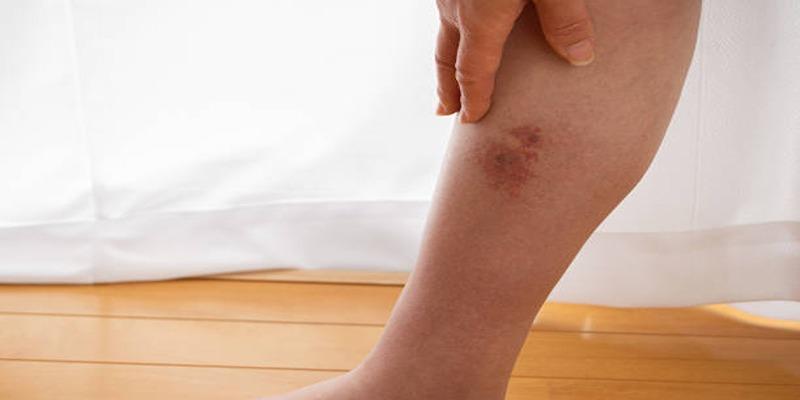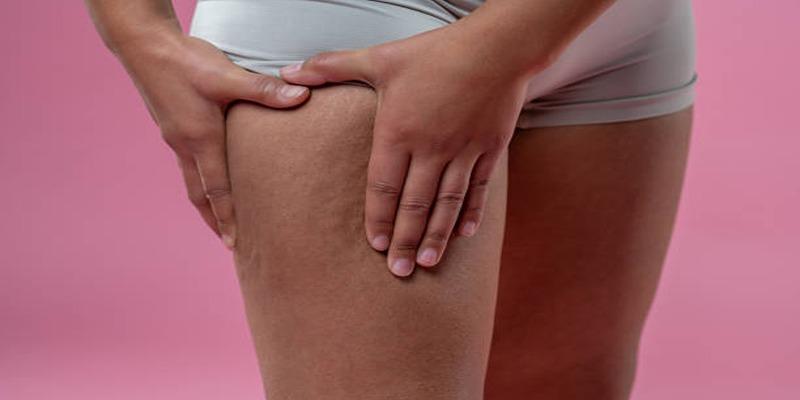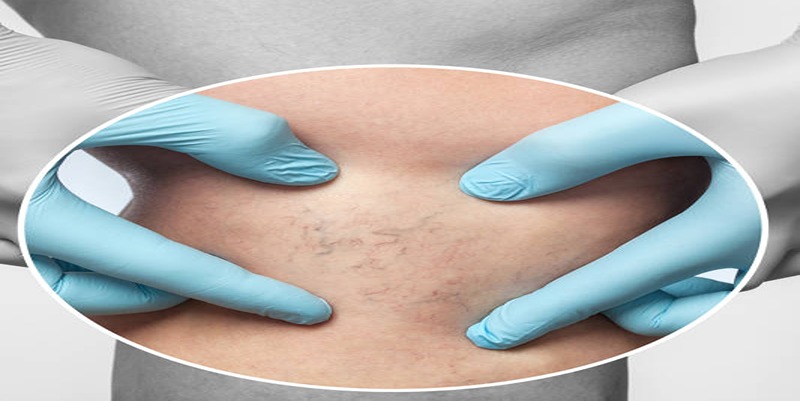Cellulitis on Legs: Healing Time and Recovery Tips
Cellulitis is an inflammatory bacterial infection of the skin that is fairly widespread but should be treated immediately. It usually occurred when bacteria gets into the body through a wound or a crack in the skin. The legs are one of the developed sites of cellulitis due to their susceptibility to injuries, flying insects’ bites, and interferences such as poor blood circulation. If cellulitis is not treated, it may lead to other problems like formation of abscess, sepsis or extension to the deeper structures like the muscles and bones respectively.
Healing Time

The healing time for cellulitis can vary widely among individuals, depending on the severity of the infection and the health of the patient. For mild cases, symptoms typically begin to improve within 48 to 72 hours of starting antibiotics, while complete recovery may take one to two weeks. However, for more severe infections or cases involving underlying health conditions, healing can extend over several weeks or even months. Hospitalization might occasionally be necessary for IV antibiotics or more intensive monitoring.
Factors Affecting Healing Time
The duration of recovery from an infection can vary significantly based on several key factors. Understanding these variables is crucial in managing expectations and crafting an effective treatment plan. Below are some factors to consider when estimating healing time for cellulitis:
Severity of the Infection
The extent and depth of an infection heavily affect recovery time, as they determine the severity and type of treatment needed. Minor infections caught early often resolve quickly with simple treatments like antibiotics. In contrast, severe or advanced cases can cause deep tissue damage, requiring intensive care such as intravenous antibiotics, surgery to remove infected tissue, and longer recovery periods. Complications from advanced infections may also cause lasting effects, further delaying recovery.
Promptness of Treatment
Seeking prompt medical attention is crucial for relieving symptoms and preventing the spread of cellulitis, a serious bacterial skin infection. Early treatment helps control the infection, reducing the risk of it spreading to deeper tissues or the bloodstream. Delaying care can worsen the infection, leading to severe symptoms, longer recovery times, and complications like abscesses or sepsis. Early diagnosis and treatment are essential for a smoother recovery and minimizing health risks.
Underlying Health Conditions
People with health conditions like diabetes, weakened immune systems, or chronic venous insufficiency may take longer to recover from illnesses or injuries. These conditions can weaken the body’s ability to fight infections or heal properly. For instance, diabetes can slow blood circulation and delay wound healing, while a weak immune system struggles to fight off infections. Poor blood flow from chronic venous insufficiency can also complicate recovery.
Recovery Tips
Recovery from cellulitis requires consistent adherence to medical advice and proactive care. The following tips can expedite healing, improve comfort, and reduce the risk of complications:
1.Completing Prescribed Antibiotics
Completing the full course of antibiotics as prescribed is essential for recovery. Antibiotics eliminate the bacteria causing the infection, and stopping early, even if you feel better, can leave bacteria alive. This may cause the infection to return and become harder to treat. It also contributes to antibiotic resistance, where bacteria adapt and become harder to treat, posing serious public health risks. Always follow your provider's instructions for a full recovery.
2.Rest and Elevation
Resting the injured leg and keeping it elevated above heart level are key to reducing swelling and improving circulation. Elevating the leg helps decrease fluid buildup, relieving discomfort and promoting faster healing by improving blood flow and reducing pressure on the injury. This method works best when combined with icing and avoiding strenuous activities, aiding a smoother recovery.
3.Proper Wound Care and Hygiene Practices
Gently clean the area with warm water and mild soap to control infection and promote healing. Use clean hands or a fresh cloth to avoid adding bacteria. After cleaning, pat the area dry with a clean towel instead of rubbing to prevent irritation. Properly clean, disinfect, and cover cuts, scratches, or bug bites with a sterile bandage to protect the skin. Regularly change the bandage and keep the area dry to prevent infections.
4.Staying Hydrated
Drinking water and eating a nutrient-rich diet are key to supporting the immune system and healing faster. Hydration flushes out toxins and helps cells work, while a balanced diet provides nutrients to repair and strengthen the body. Foods rich in vitamin C, like oranges, strawberries, and bell peppers, boost immunity and aid tissue repair. Zinc, found in nuts, seeds, and shellfish, supports wound healing and fights infections. Protein from lean meats, beans, and dairy is essential for rebuilding tissues.
Preventing Recurrence

Once cellulitis has resolved, it’s important to take steps to prevent future occurrences. Since repeated episodes of cellulitis can sometimes lead to chronic issues or lymphatic damage, prevention should be a key focus.
Tips for Preventing Future Cellulitis Infections
- Protect the Skin: Avoid injuries by wearing protective clothing and footwear, especially when outdoors.
- Promptly Treat Wounds: Clean and bandage all cuts, scrapes, or bites immediately to prevent bacterial entry.
- Manage Dry Skin: Keep the skin moisturized to prevent cracking, using unscented lotions to avoid irritation.
Managing Chronic Conditions
If underlying conditions like diabetes, obesity, or venous insufficiency contribute to recurring cellulitis, managing these is essential to lowering the risk. This could involve keeping blood sugar levels stable, wearing compression stockings to improve circulation, or losing excess weight under the guidance of a healthcare provider.
Conclusion
Recovering from cellulitis on the legs hinges on early treatment, diligent adherence to recommendations, and proactive lifestyle adjustments. By recognizing symptoms promptly, completing prescribed treatments, and adopting preventive strategies, individuals reduce their risk of complications and recurrent infections. Most importantly, never hesitate to seek medical advice if symptoms persist or worsen, timely care is the most effective tool in overcoming this condition. With a focus on health and preventive care, you can successfully recover and minimize future risks.












